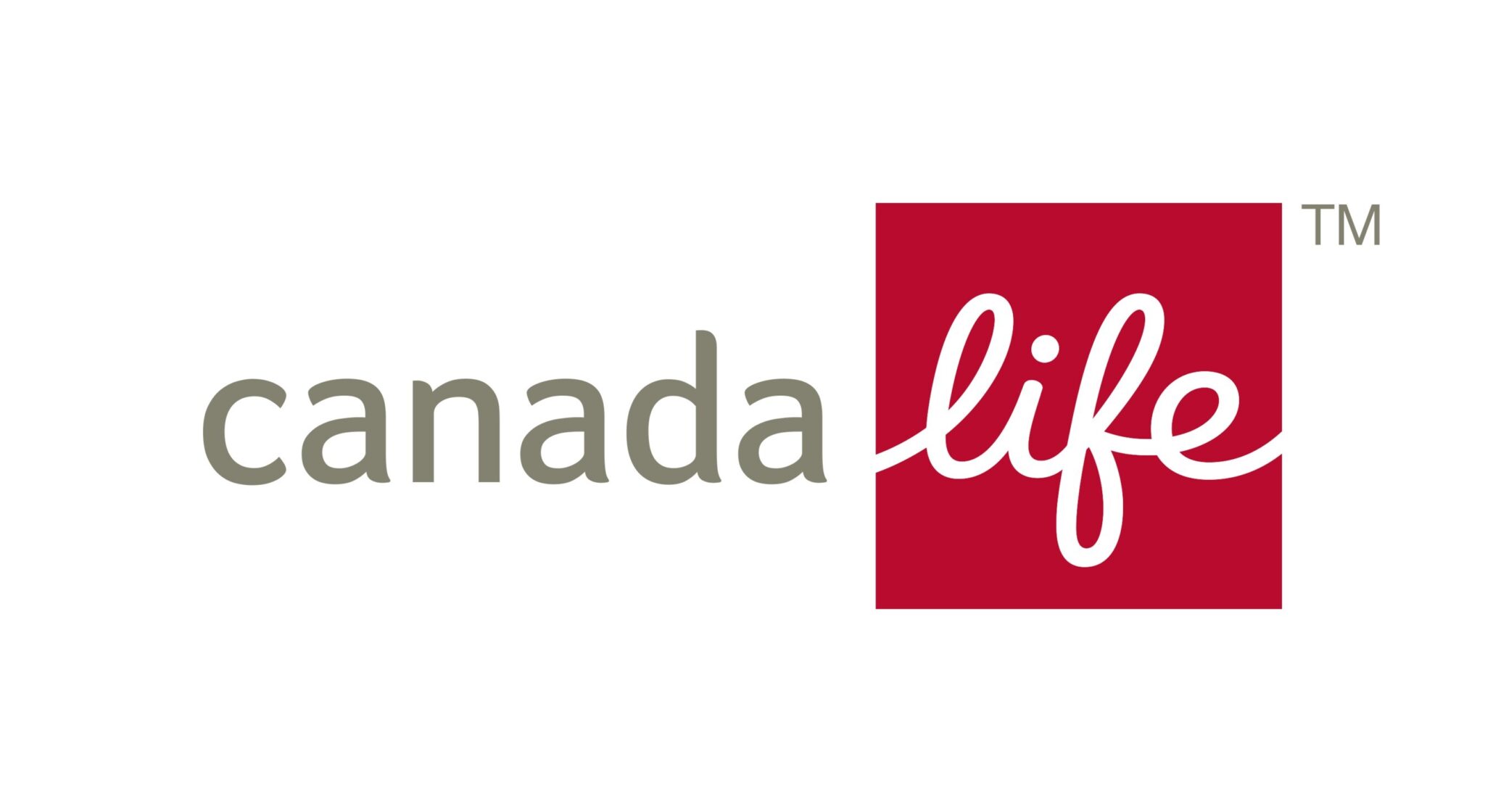New Survey Reveals Burnout Is Costing Canadian Employers Millions — But There’s a Way Forward

WINNIPEG, MB, Oct. 6, 2025/CNW/ -A new national survey reveals a troubling rise in workplace burnout, with nearly 39% of Canadian employees reporting they feel burnt out–a concerning increase from 2023.
The findings show that burnout is not just a wellness issue–it’s a business issue. For a company with 500 employees, burnout-related productivity losses and salary costs can exceed $3.4 million annually. Yet, similarly sized organizations that prioritize burnout prevention can save approximately $1.7 million per year.
“Burnout is not just a personal issue–it’s a workplace issue with a price tag,” said Mary Ann Baynton, Director of Collaboration and Strategy, from Canada Life’s Workplace Strategies for Mental Health. “When organizations invest in prevention, they don’t just protect their people, they protect their bottom line.”
With only 36% of employees saying their workplace offers real programs to prevent burnout, the gap between stated priorities and actual support remains a costly oversight.
“This year’s findings underscore the urgent need for Canadian workplaces to move beyond awareness and into action,” said Michael Cooper, Vice President, Mental Health Research Canada (MHRC). “With nearly 40% of employees reporting burnout and over half facing mental health challenges that affect their work, the cost of inaction is too high.”
The 2025 survey was conducted by Pollara and commissioned by MHRC in partnership with Workplace Strategies for Mental Health (WSMH).
Key Findings from the Survey:
-
Burnout is widespread
: 39% of employees report feeling burnt out, with higher rates among women and racialized Canadians. -
Support matters
: Employees say support from managers and co-workers has the strongest positive impact on workplace mental health. -
Disclosure gap
: Only 42% of employees with a mental health diagnosis disclose it at work, often due to fear of career consequences. -
Program effectiveness
: Time-based supports like paid time off and flexible schedules are more effective than awareness campaigns.
What Employers Can Do:
- Leverage WSMH’s Accommodation planning for leaders to remove barriers so an employee remains productive and feels supported at work.
- Leverage WSMH’s Burnout response for leaders to help managers recognize and respond to signs of burnout.
- Leverage WSMH’s Employee Workload Stress content to help promote work-life balance and implement flexible scheduling.
- Leverage WSMH’s Evidence-based actions for psychological health and safety to help foster a psychologically safe workplace where employees feel comfortable speaking up.
-
Find actionable strategies in Canada Life’s
Cost of Inaction (COI) Report
.
As outlined in Canada Life’s Cost of Inaction Report, employers who implement these strategies not only improve employee well-being, but also see a strong return on investment.
Visit
Mental Health Research Canada
to download the full survey and explore tools to support your workforce.
About Canada Life
Canada Life is a leading insurance, wealth management and benefits provider focused on improving the financial, physical, and mental well-being of Canadians. For over 175 years, individuals, families and business owners across Canada have trusted us to provide sound guidance and deliver on the promises we’ve made. We proudly serve more than 14 million customer relationships from coast to coast to coast. Canada Life is a subsidiary of Great-West Lifeco Inc. and a member of the Power Corporation of Canada group of companies. Visit
canadalife.com
to learn more.
SOURCE The Canada Life Assurance Company


